If you’ve ever seen your dog tense up, growl, or guard their food bowl, you’re witnessing a common behavior called food aggression.
Food aggression can make feeding your dog very difficult and stressful— for both you and your furry companion. But what causes food aggression in dogs?
For many dogs, mealtime can bring out protective instincts, especially if they’ve experienced food scarcity or competition in the past. But what if there was a way to make mealtime calmer, safer, and more enjoyable for everyone involved?
That’s where puzzle feeders come in. Puzzle feeders can be a simple yet effective tool to help stop dog food aggression by turning mealtime into a positive, mentally stimulating experience. Here's how:

1. What Causes Dog Food Aggression?
Food aggression in dogs often shows up as defensive behaviors around food, like growling, snapping, or even lunging if they feel their food is being threatened. This behavior is natural in the animal world, but can be stressful for pet owners and anyone around during mealtime.
Common Causes of Dog Food Aggression:
-
Resource Guarding: Dogs are naturally inclined to protect valuable resources, including food.
-
Early Life Experiences: Dogs from shelters or rescue backgrounds might have faced food scarcity or competition, causing them to guard their meals.
-
Anxiety and Insecurity: Some dogs feel anxious around food, especially if they’re sensitive to changes in their environment or if they’ve experienced trauma.
By understanding these causes, we can better see how puzzle feeders address the root of food aggression and promote a healthier, calmer mealtime experience.
2. Dog Training to Stop Food Aggression
Dogs with food aggression are often triggered by the presence of other people or animals around their food. A puzzle feeder changes the way they interact with food, shifting their focus from guarding to solving. This shift breaks the automatic tension that might normally come with mealtime, and provides a task for your dog to zero-in on.
Why It Works:
Puzzle feeders turn eating into a calming, focused activity, engaging your dog’s mind and encouraging them to work for each bite. This makes mealtime a calming, enjoyable experience for everyone.
Did You Know? Studies show that dog mental stimulation has a calming effect—it encourages focus rather than anxiety-driven behaviors.
3. How to Fix Dog Food Aggression & Guarding Instincts
One of the biggest triggers for food aggression is speed—when dogs eat quickly, they’re often more defensive. Puzzle feeders naturally slow down the eating process, encouraging dogs to take their time with each bite, which in turn can help lower their guarding instincts.
Why Slower Eating Matters:
When dogs slow down, they’re less likely to feel like they need to “protect” their food. Puzzle feeders create just the right amount of challenge, requiring your dog to engage with the feeder rather than focus on defending their food. This slowed pace helps reduce food-related tension and allows for a more relaxed eating experience.
4. Make Mealtime Calming, Mentally-Stimulating, and Rewarding
For dogs with food aggression, mealtime can be a tense experience rooted in negative associations. Puzzle feeders shift this dynamic by introducing a playful, rewarding aspect to eating. Instead of viewing mealtime as a high-stakes event, they start to see it as a fun, rewarding puzzle to solve.
How Positive Reinforcement Works:
Puzzle feeders provide instant rewards—each successful nudge or pawing movement releases more food, giving your dog a small “win” with every bite. This steady stream of positive reinforcement helps them build a healthier relationship with food and reduces anxiety around eating.

5. Addressing food aggression in dogs towards other dogs or humans
In homes with multiple dogs, food aggression can be triggered by competition, especially if one dog feels their food is at risk of being taken. Puzzle feeders make it easier to establish a “safe zone” for each dog, as they’re focused on their own individual feeder rather than watching what’s happening around them.
Why It Works for Multiple Dogs:
Puzzle feeders engage each dog’s attention, giving them a personal, interactive experience that minimizes food-related tension with other dogs. When each dog is busy with their own puzzle feeder, they’re less likely to feel threatened, leading to a more peaceful and cooperative mealtime.
Pro Tip: For multi-dog households, feed dogs in separate spaces or rooms with their own puzzle feeders to avoid any possible competition.
6. Encouraging Healthy Boundaries and Independence
Using a puzzle feeder helps your dog develop a sense of healthy independence around food. Instead of looking to you (or anyone else) as a potential threat, they learn to see mealtime as their own activity that’s safe and enjoyable.
How It Works to Train Food Aggressive Dogs:
As dogs engage with a puzzle feeder, they’re learning to trust their own environment, knowing they have their food in a way that’s neither rushed nor threatened. Over time, this can help them feel less reactive to nearby people or pets during meals.
Training Tip: Reinforce good behavior by offering gentle praise or a calm presence nearby as they work through the feeder. This subtle encouragement can strengthen their trust in a low-stress eating environment.
Key Takeaways: The Benefits of Puzzle Feeders to Treat Food Aggression

Puzzle feeders aren’t just toys—they’re powerful tools that can help reduce food aggression in dogs by addressing the root causes, such as anxiety, defensive behavior, and competition. Here’s a quick recap of how they help:
Shifting Focus from Guarding to Solving:
Encourages calm concentration instead of defensive behavior.
Slowing Down Eating:
Reduces the urge to protect food and makes mealtime more relaxed.
Building Positive Associations:
Turns mealtime into a fun, rewarding experience that you dog looks forward to.
Reducing Competition in Multi-Dog Homes:
Gives each dog an individual experience, minimizing tension when food seems scarce with multiple dogs in the house.
Supporting Healthy Boundaries:
Encourages independence and less reactivity during meals.
Lowering Anxiety:
Mental stimulation helps reduce stress, making meals a positive experience.
Choose The Best Vet-Approved Slow Feeder For Your Dog

Dog food aggression is a common challenge, but a puzzle feeder can help your dog feel safer, calmer, and more relaxed at mealtime. By turning eating into a low-stress, engaging activity, puzzle feeders help dogs shift from defensive behaviors to peaceful and rewarding mealtime routines.
Ready to try a puzzle feeder to make mealtime more peaceful for everyone? Explore the selection of safe, engaging options at Puzzle Feeder and give your dog the calm, happy mealtime they deserve!


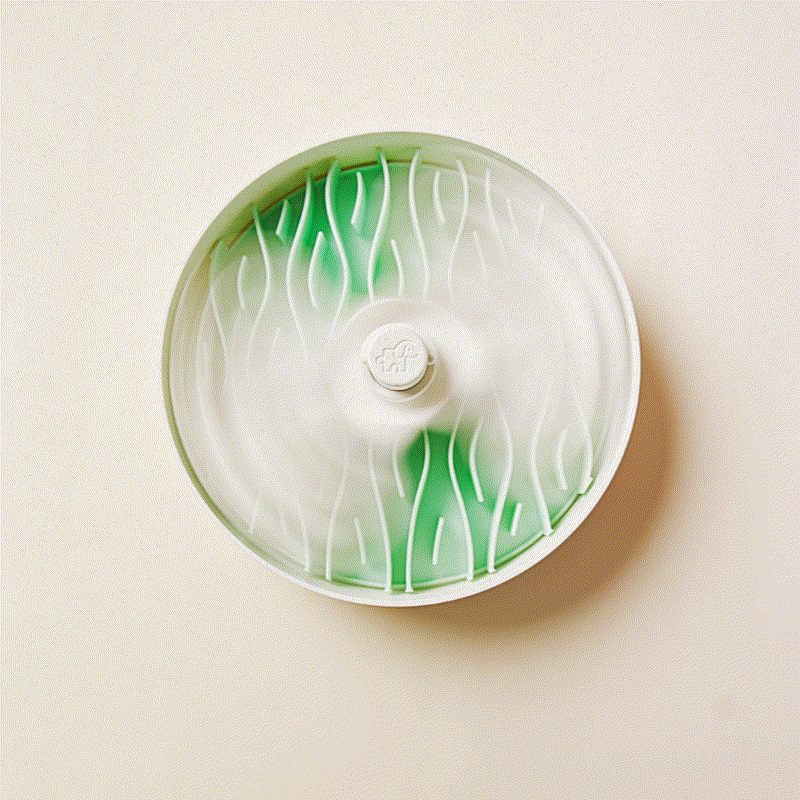
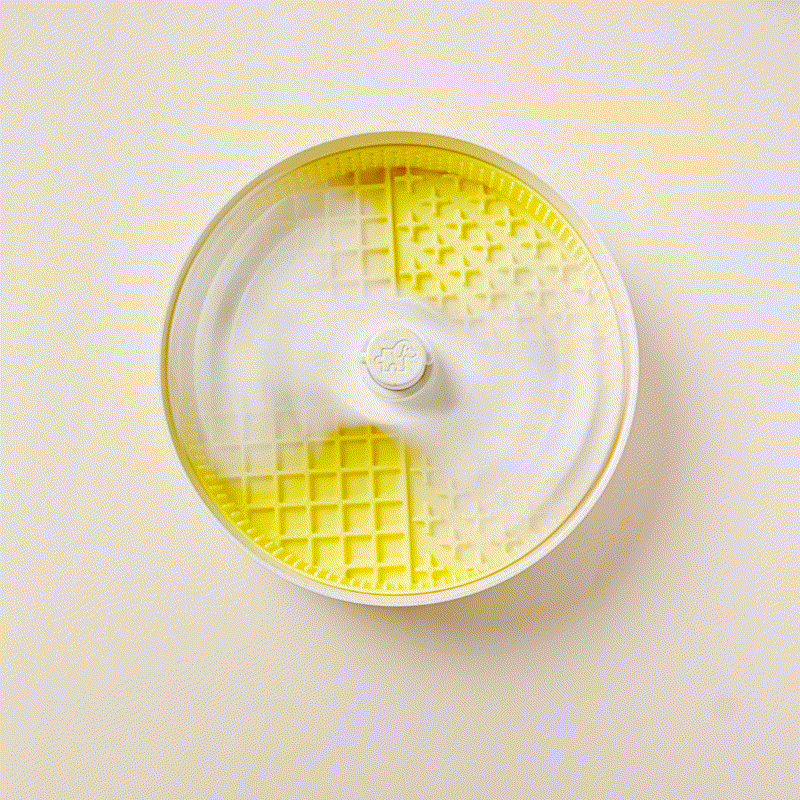

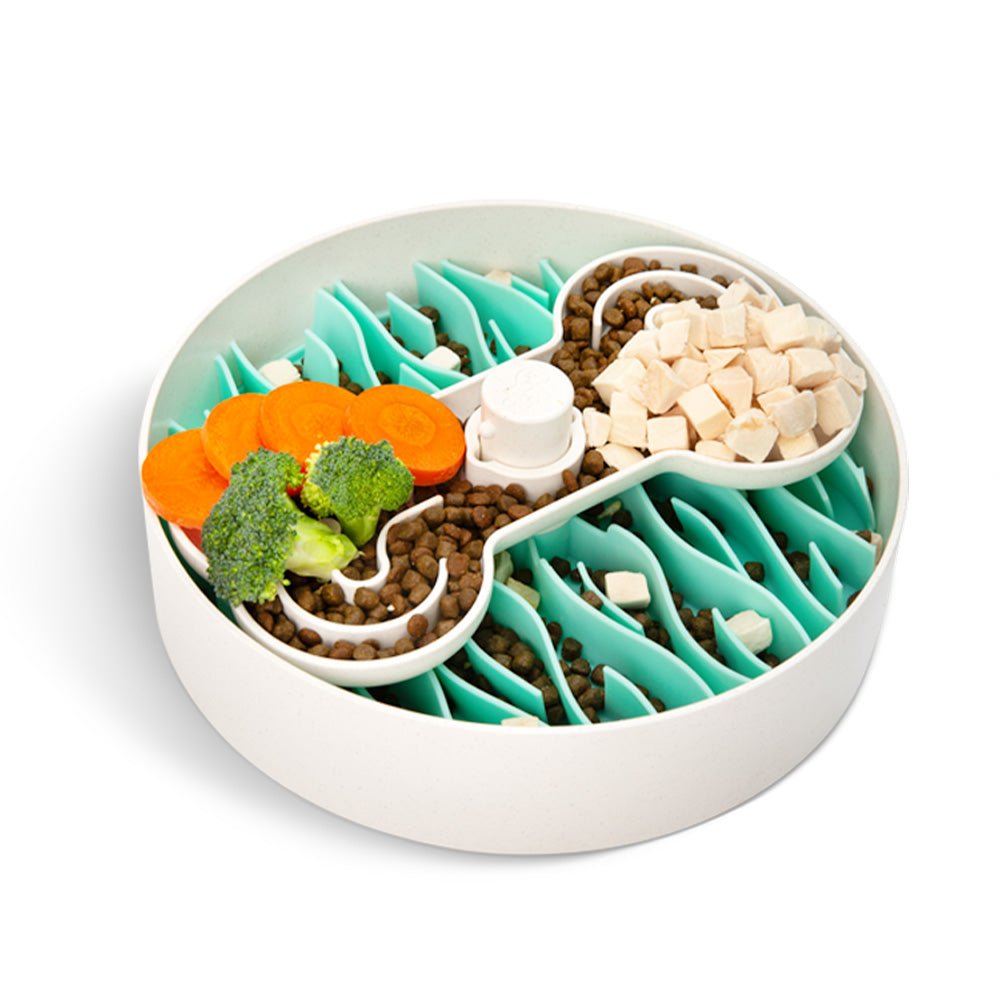
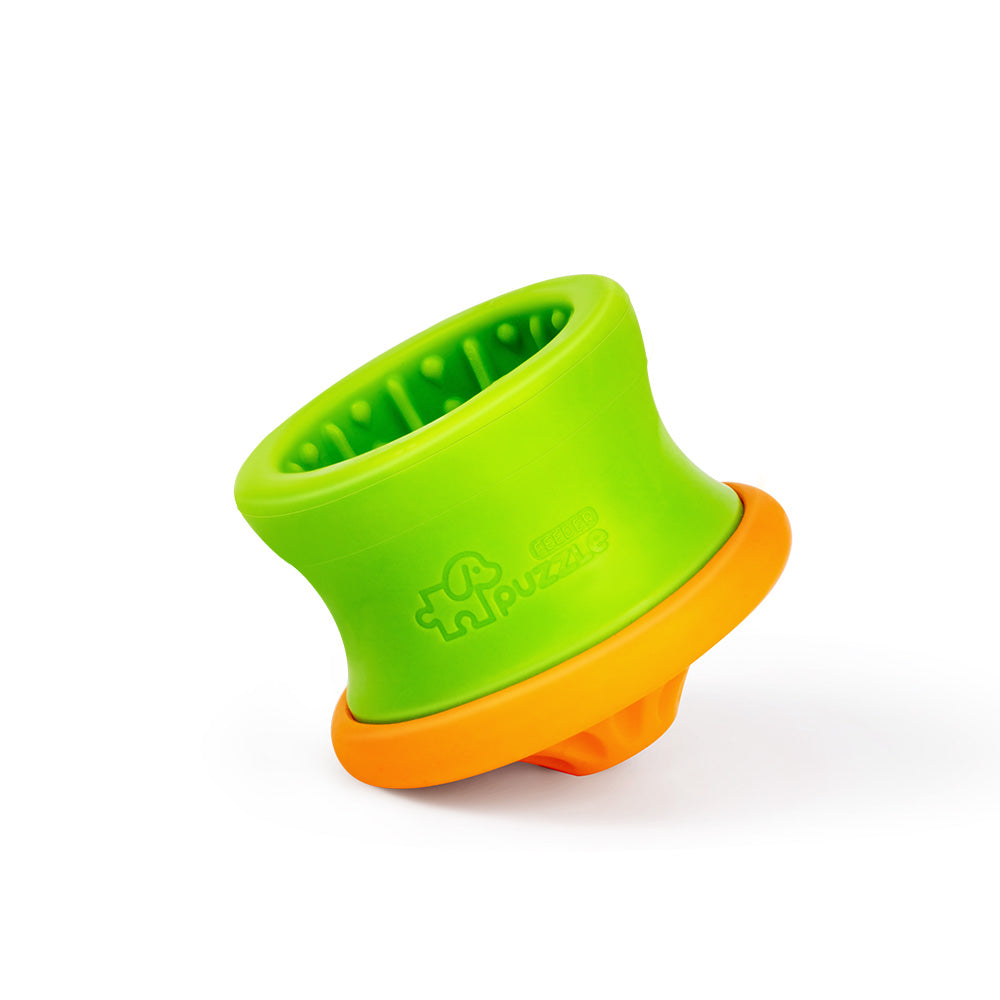
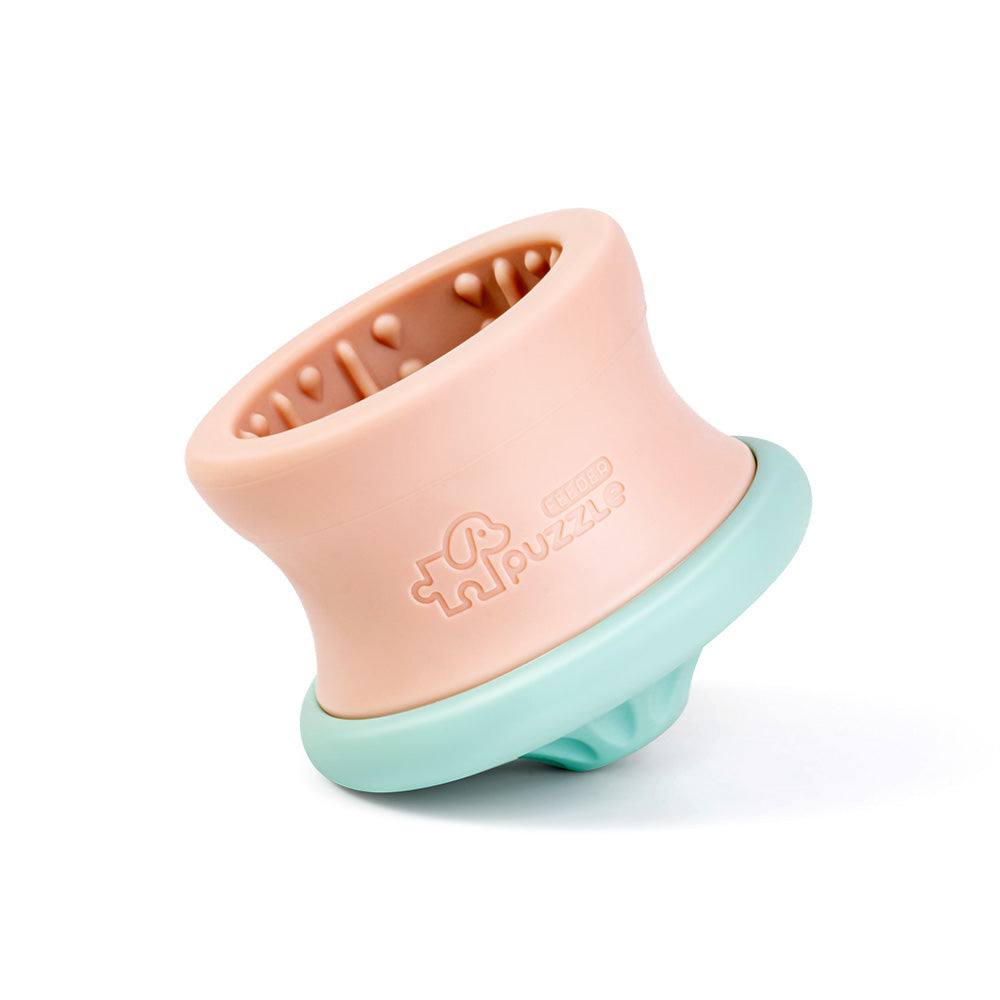
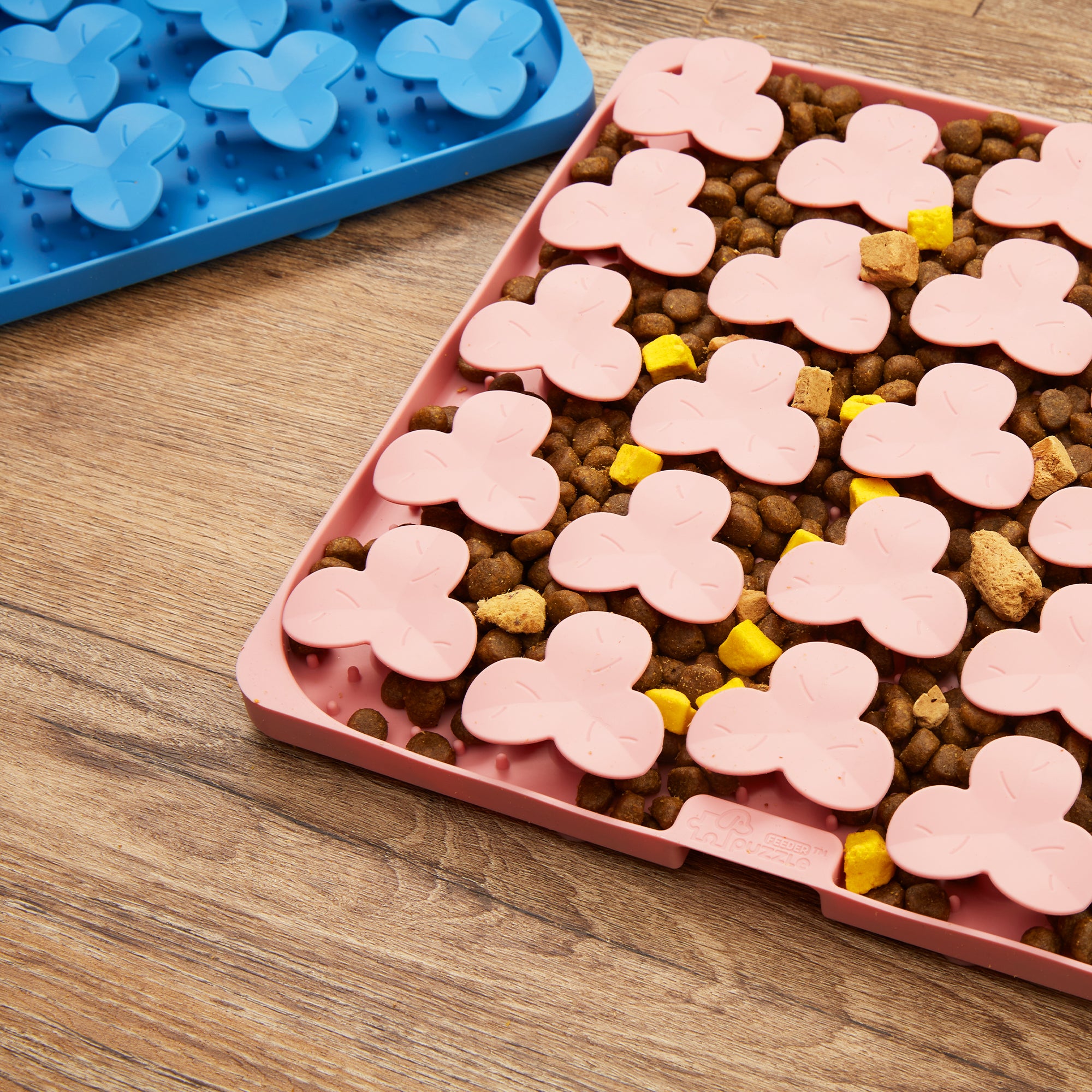
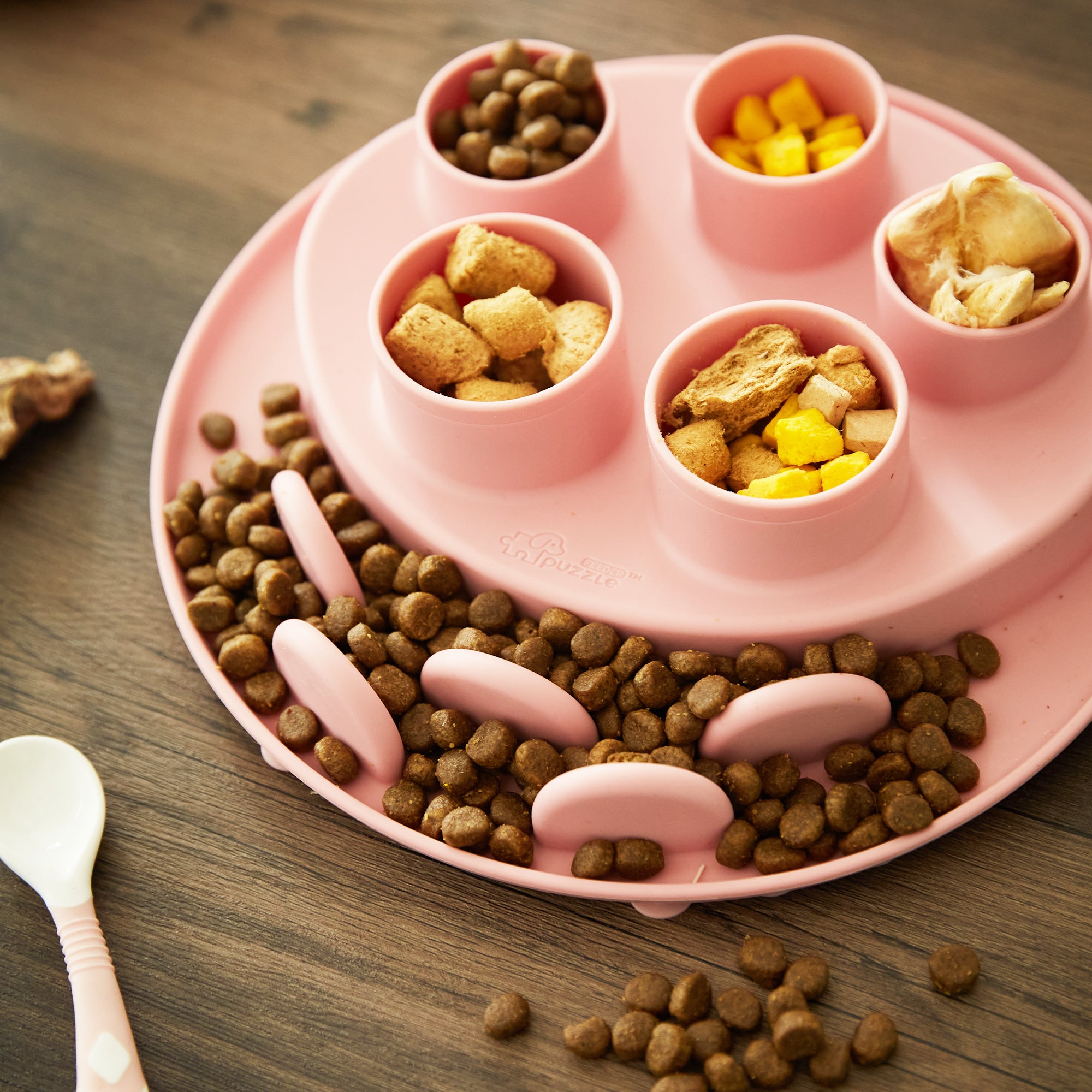
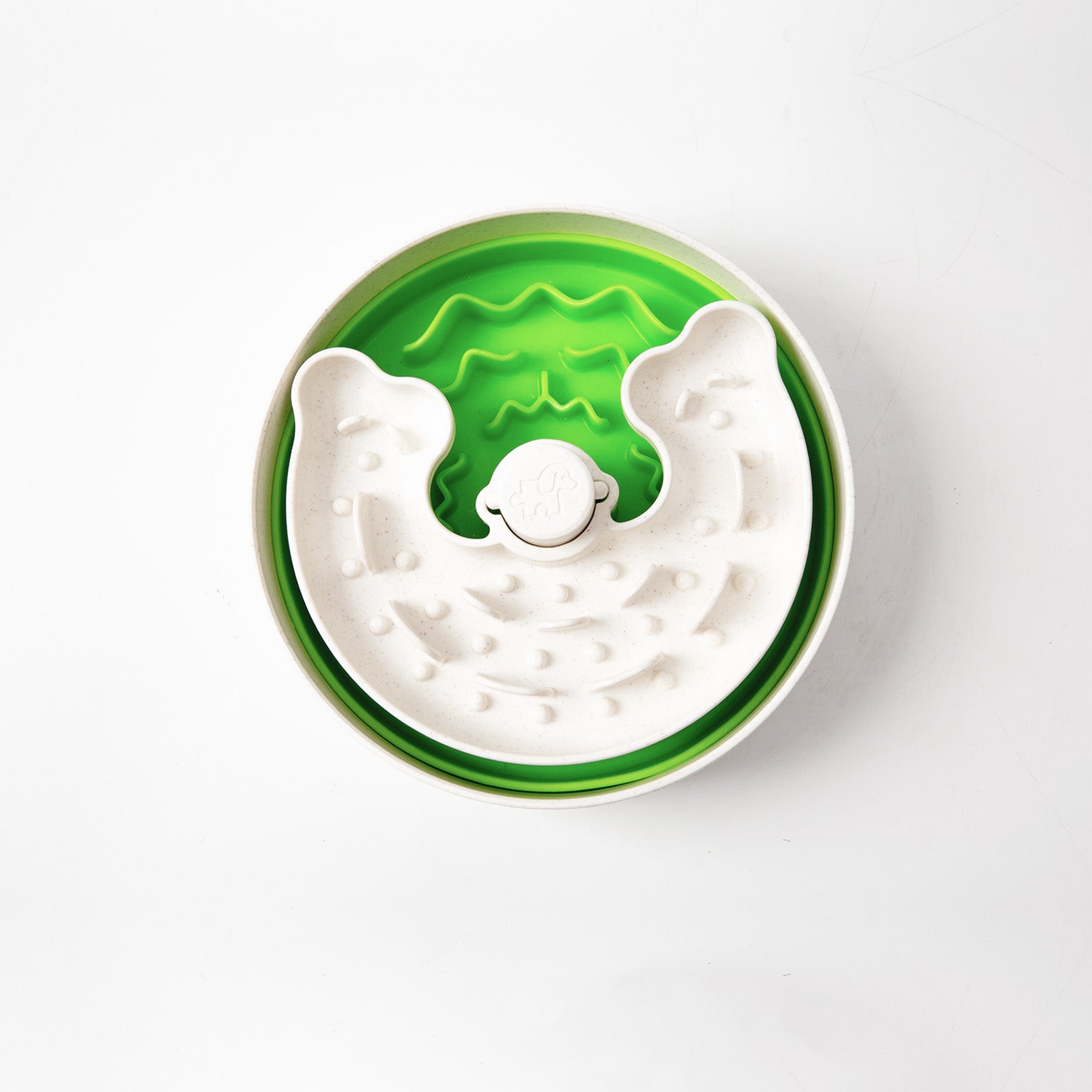
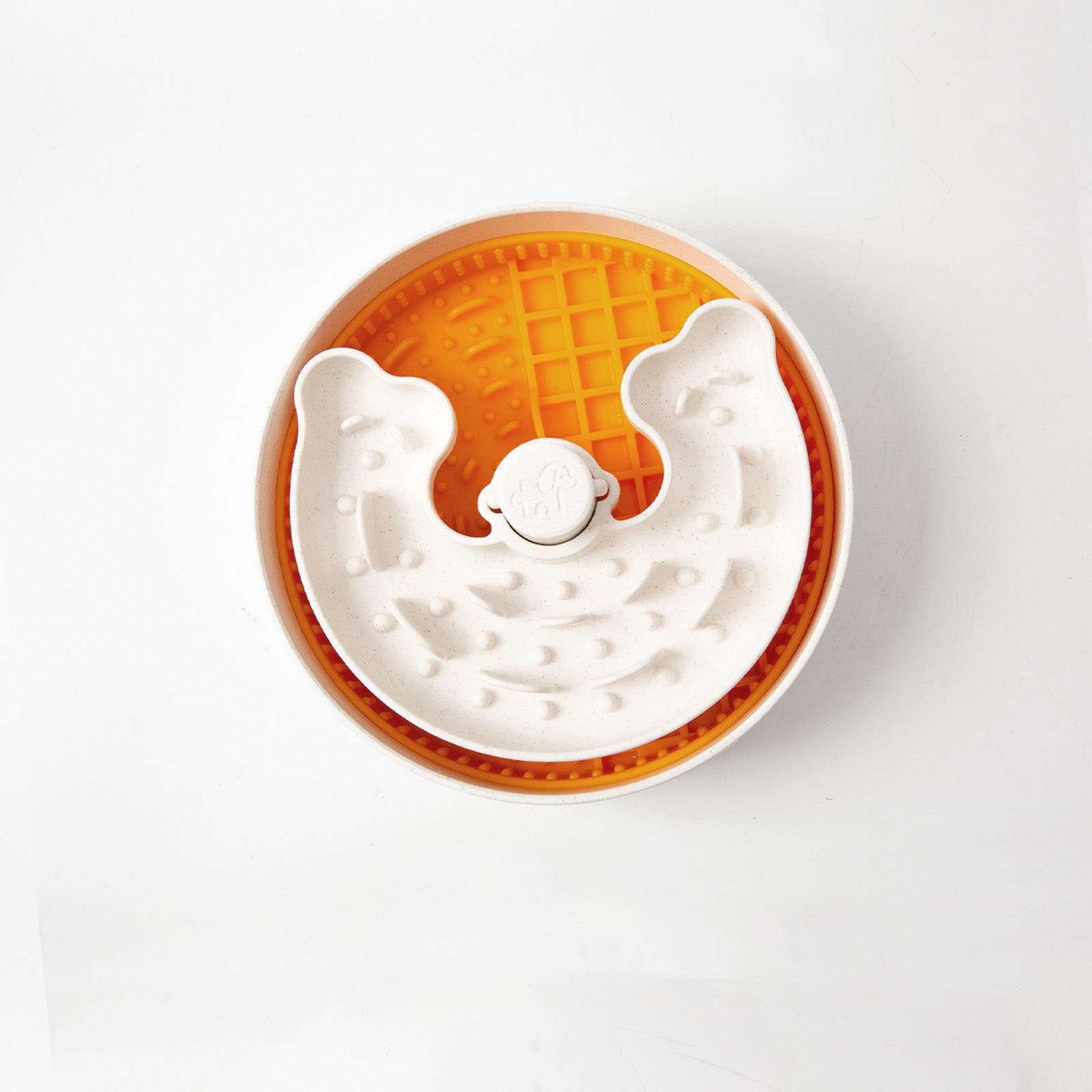
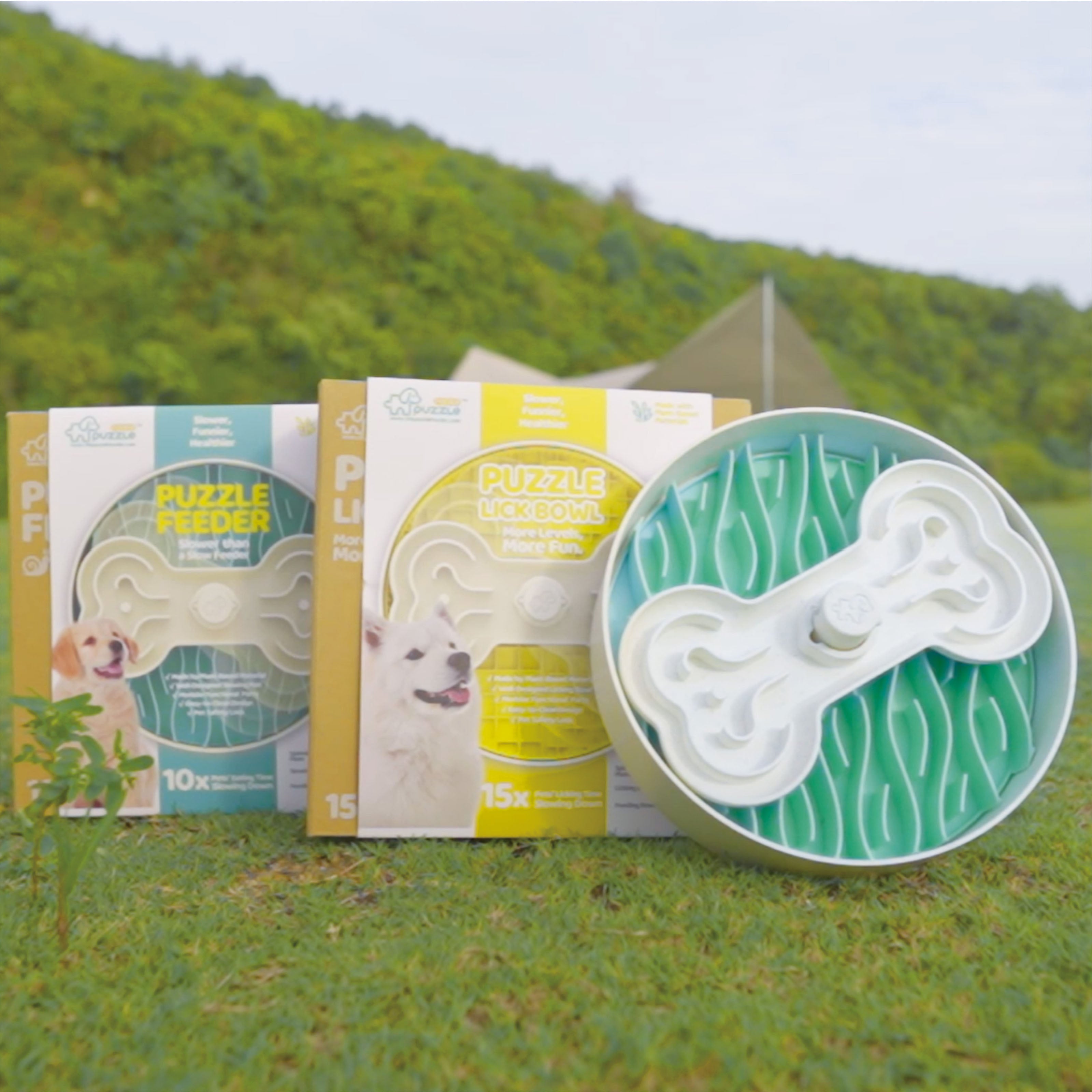
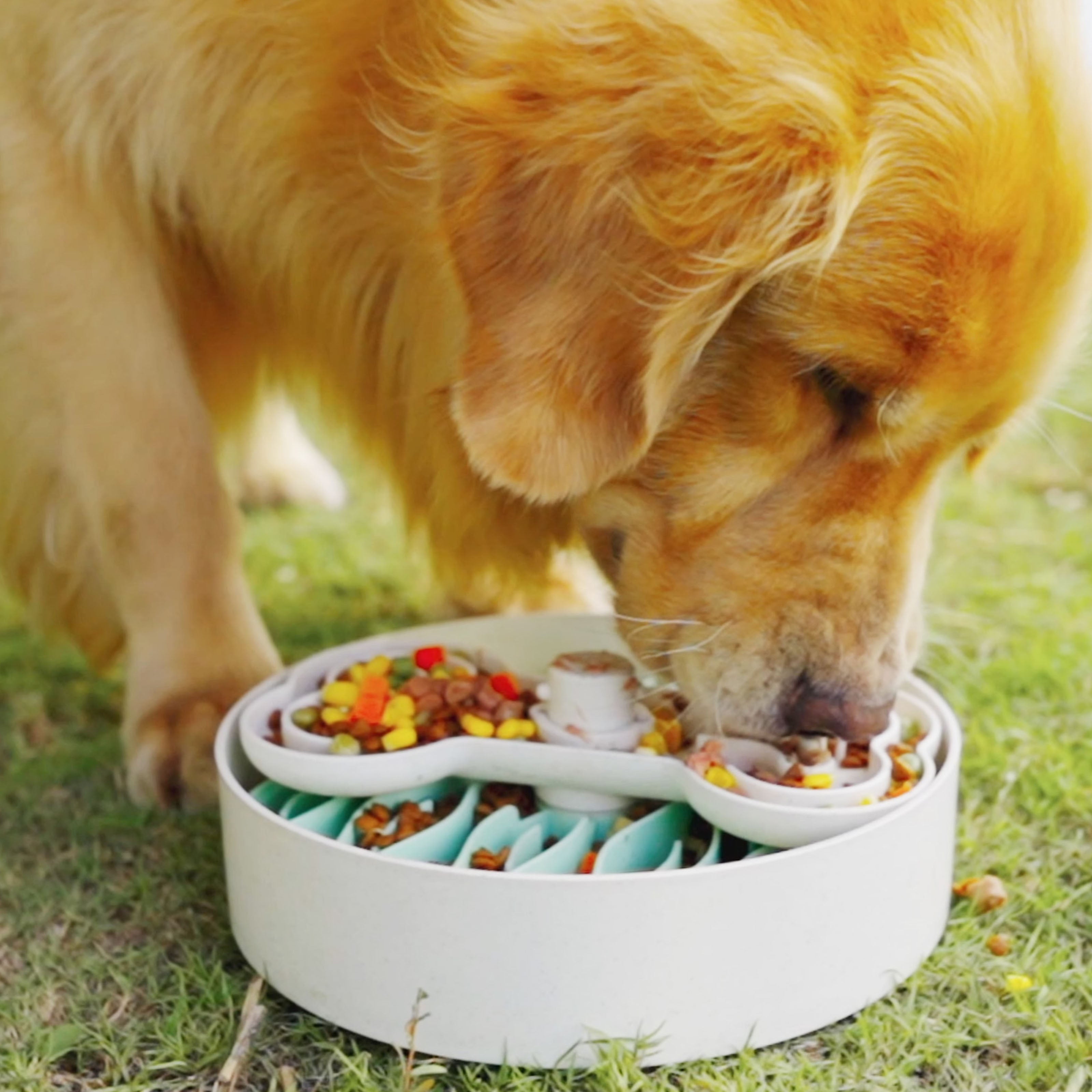

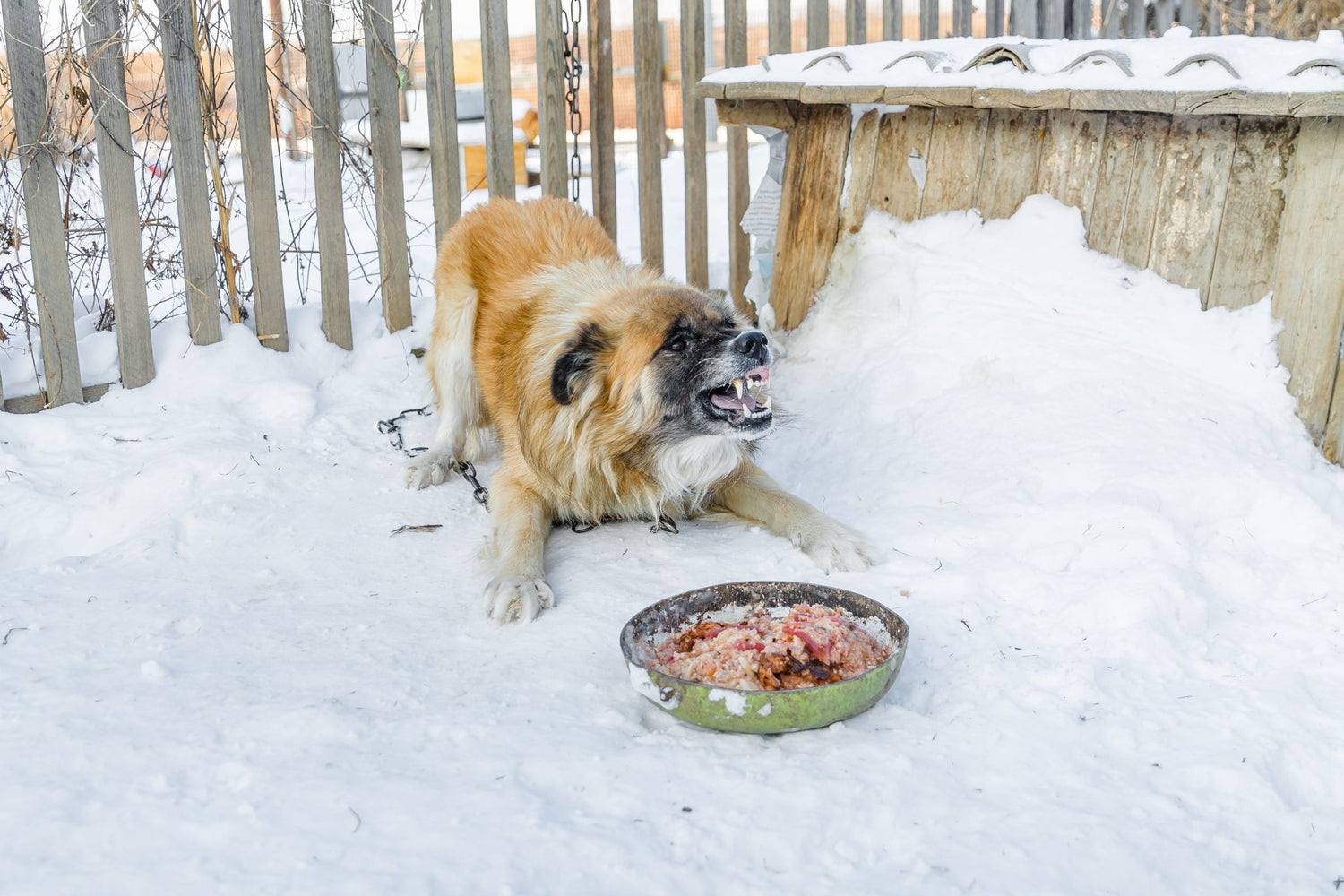

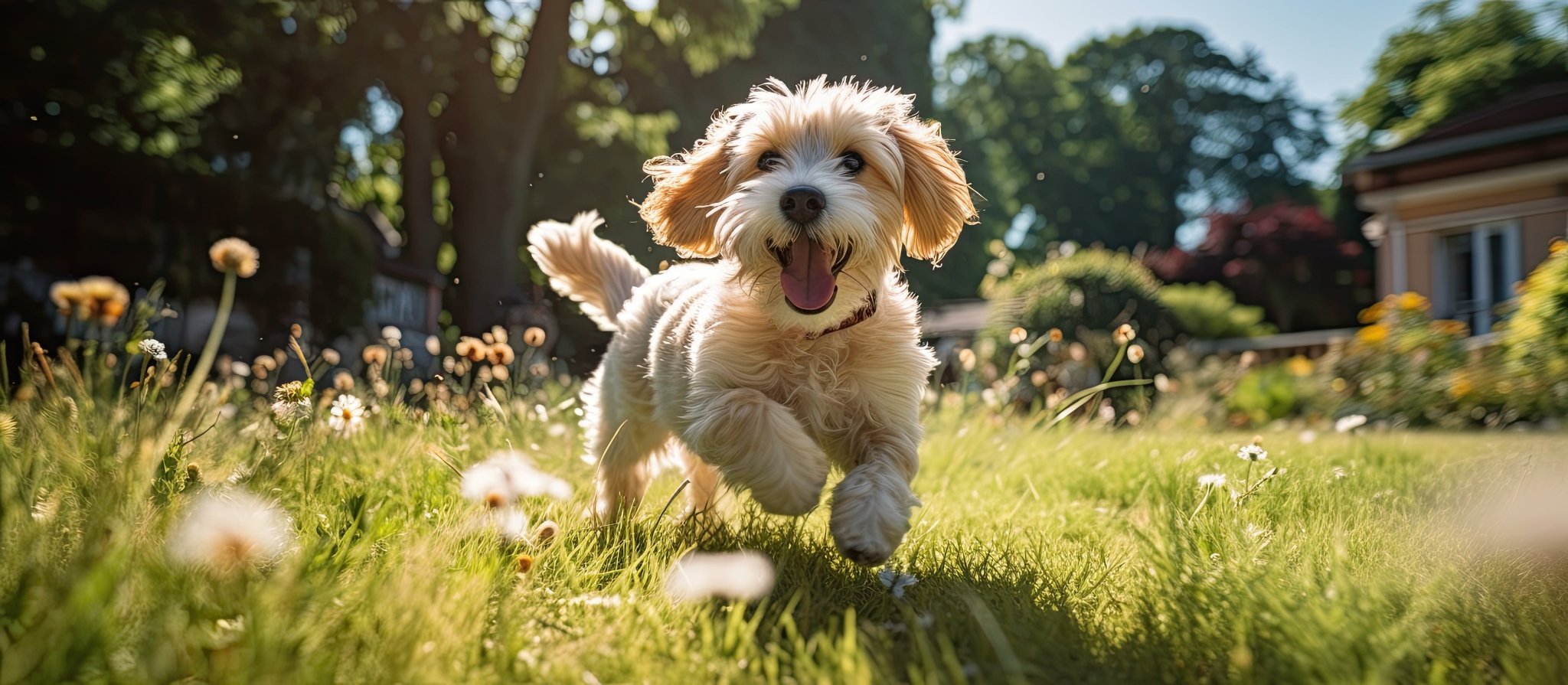
Leave a comment
All comments are moderated before being published.
Este site está protegido pela Política de privacidade da hCaptcha e da hCaptcha e aplicam-se os Termos de serviço das mesmas.